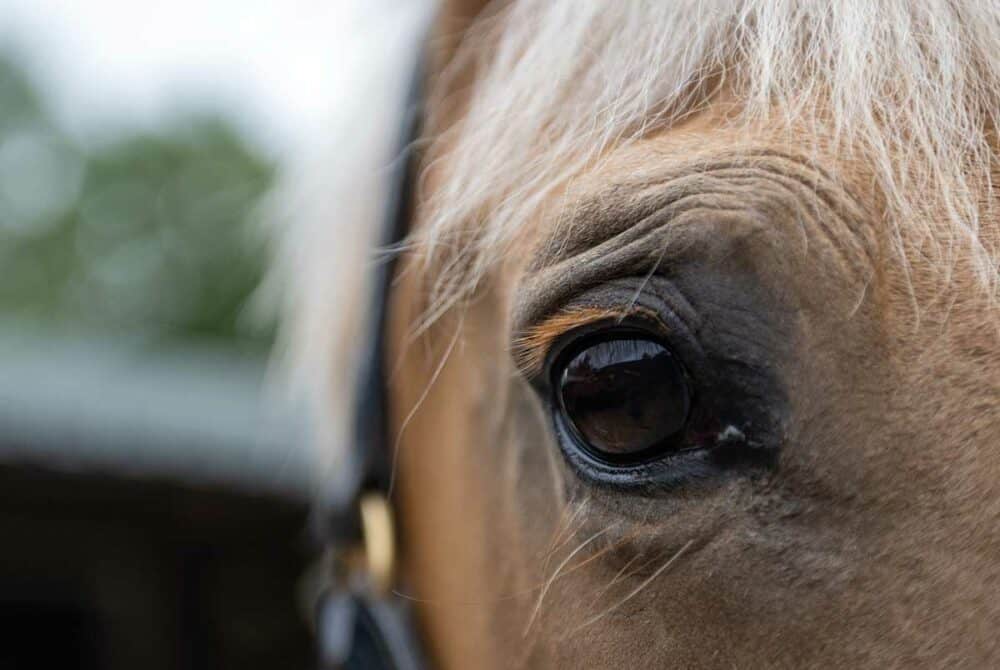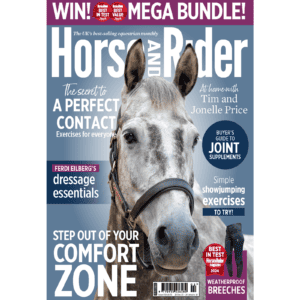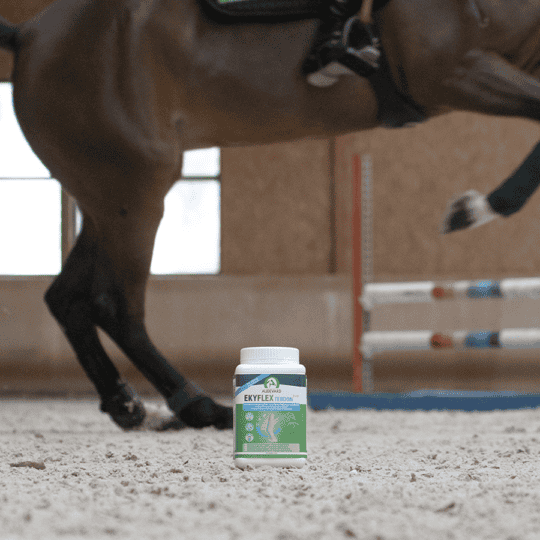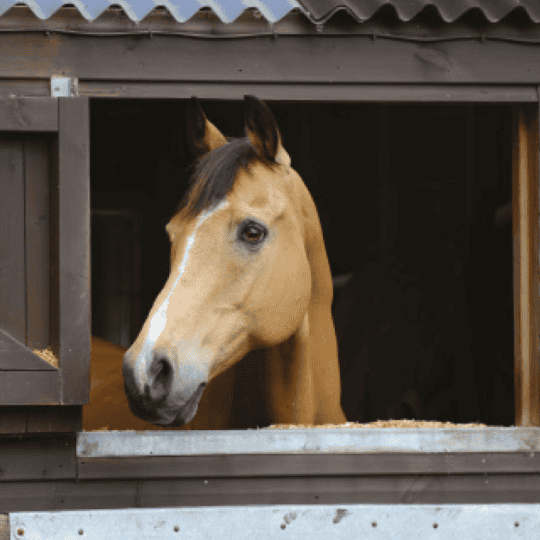Clear vision
Posted 19th December 2023
Any problem with the eyes should prompt an urgent call to your equine practice, says vet Dawn Trayhorn

Did you know horses have the largest eyes of any land mammal, and they’re eight times larger than a human’s? Not surprisingly, the health of these delicate, complex structures plays a key role in wellbeing, including your horse’s ability to experience and interact with his environment.
Horses’ eyes are vulnerable, not only because of their size and prominence, but because of how horses live, outdoors, browsing on vegetation and exposed to the elements, which can lead to problems developing.
Rapid response
Eye problems tend to be more common in windy weather due to dust, grit and other foreign objects travelling in the air, while sunny weather can also bring extra challenges in terms of insects, as they can irritate and contaminate eyes, and bright light that can trigger or exacerbate eye conditions.
In addition, eyes are often in close proximity to soil, grass or forage, all of which can increase the risk of contamination by dirt, dust or seeds. Like humans, horses produce tears to help flush out intruders and usually this self-cleaning mechanism is more than capable of keeping eyes healthy. However, there are also several common conditions that can cause eye issues that need prompt veterinary attention.
Without early intervention, eye issues may become serious and can involve significant discomfort or pain for the affected horse. Deterioration can be rapid, so checking your horse’s eyes carefully and responding quickly to signs of an issue is essential.
Signs to spot
When checking eyes, look, rather than touching the area unless you really need to. Common signs of an eye issue include…
- excessive watering or discharge, (which can attract insects, leading to secondary issues)
- being uncharacteristically headshy
- partial or complete closure of the eye, possibly due to light sensitivity (photophobia) or pain
- abnormal downward deviation of the upper eyelashes
- protrusion of the third eyelid
- swelling of the upper or lower eyelid
- retraction of the eyeball within the socket so it looks smaller
- discolouration of the eyeball, such as cloudiness, yellowing or reddening
- reddening or other discolouration of the tissues holding the eye in place around the socket
- overly rapid blinking
- persistent rubbing of the eye (which can lead to secondary problems by introducing dirt or causing trauma)
Signs may be subtle, so stand directly in front of your horse’s head to compare both eyes. If you notice a potential issue, always contact your vet immediately so a thorough examination can be carried out. In addition, any injury on or close to an eye requires urgent veterinary attention.
Find out more about checking your horse’s eyes and how to protect them in February Horse&Rider – on sale now!











